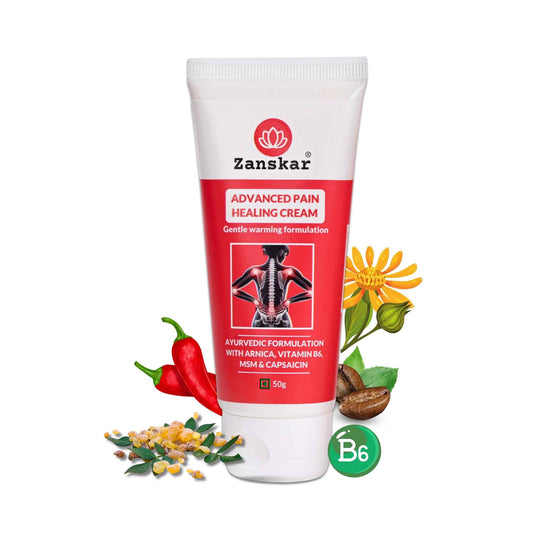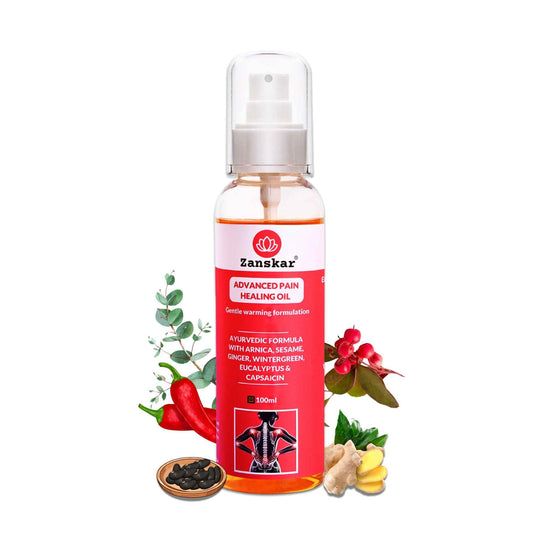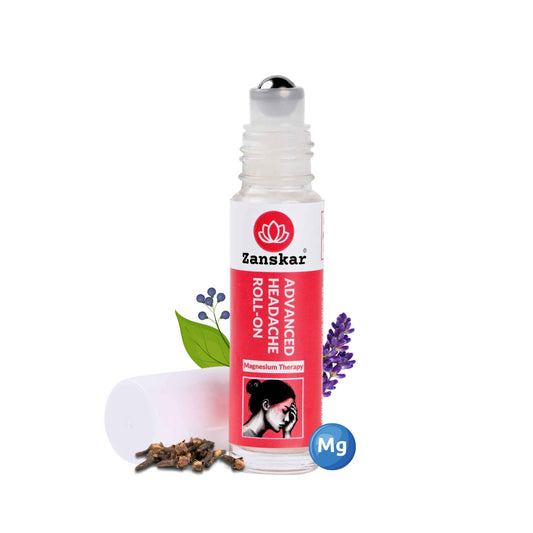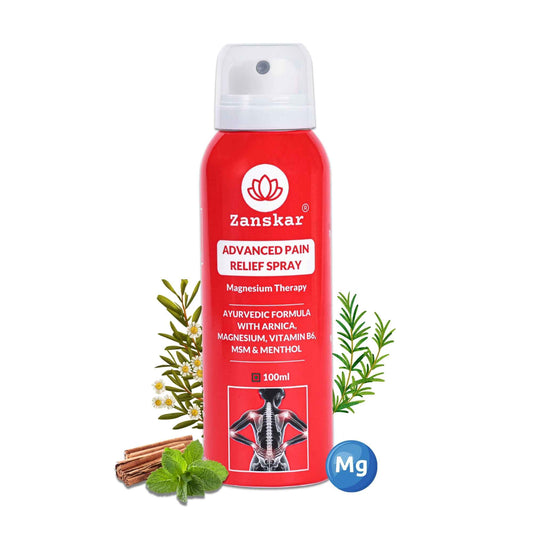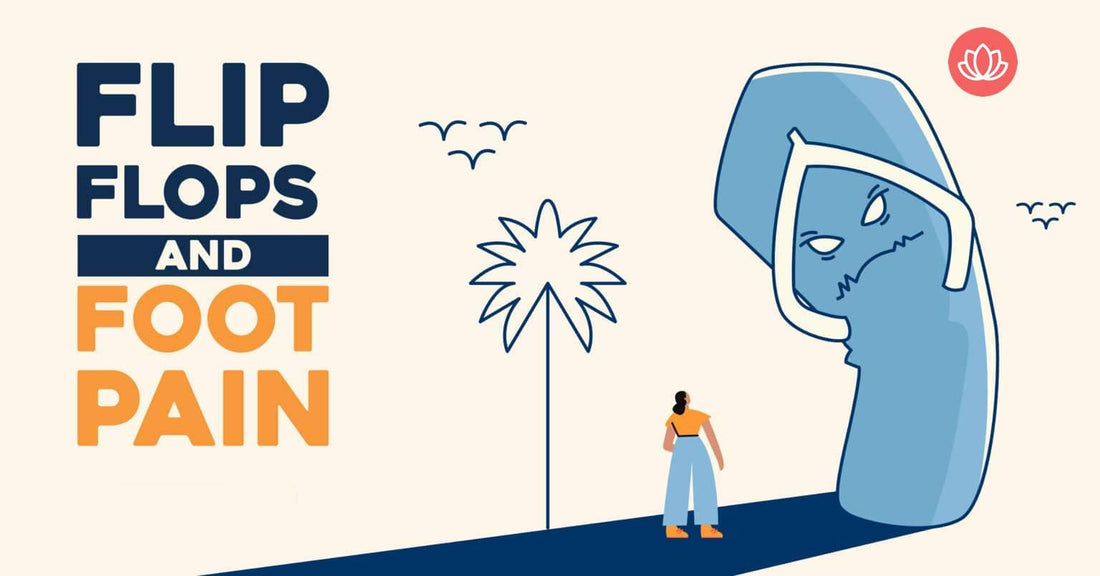
Why Flip Flops Are Bad for Your Feet
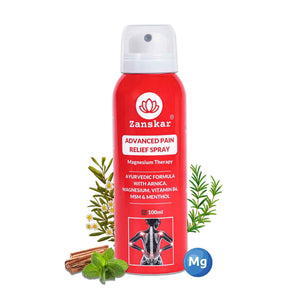
Even though flip flops are go-to footwear for many casual outings or summer activities, those open-toed shoes might end up doing more harm to your feet than you realise. While flip flops can be quite stylish and convenient to slip on, it’s important to wear them sparingly. If worn too frequently, your favorite flip flops can lead to severe foot pain.
Continue reading to learn how that flimsy pair of flip flops you wear can lead to joint and muscle pain!
1. Affect Your Posture leading to Back And Hip Pain
Flip flops aren’t securely attached to your feet since they don’t have any back straps or side support, which will make you change the way you walk. You may not even notice when it happens. You might start taking shorter steps to keep the soles on your feet. Eventually, you could start dragging your feet and hitting your heels to the ground with less vertical force than if you were walking normally. These movements can throw off your natural balance and trigger pain in the ankles, knees, hips, and back.
2. Plantar Fasciitis
The soles on most flip flops are flat and flimsy with little support for your natural arch. Their flat design, combined with the lack of back or side support, makes them prone to slipping off your feet at the slightest misstep. As you walk, the muscles in your feet and toes begin to work overtime to keep those flimsy flip flops from falling off. Those overused foot muscles can eventually lead to painful plantar fasciitis.
You may find that your toes are gripping the flip flop soles to keep from coming off, or that your feet are flatter than they should be. This can cause ligaments in your feet to possibly overstretch. This injury can cause severe foot and heel pain, especially when trying to walk or run.

3. Heel Pain
With no cushioning between your heel and the ground, flip-flop wearers may find their heels aching after too much time spent walking around. That’s because your heel takes the brunt of the pressure with each step you take – and if there’s no cushioning or shock absorption under that heel strike, pain results.
4. Ankle Sprains
Wearing flip flops can also cause ankle sprains. This is because of the lack of support, increasing your chances of tripping or falling.

5. Tendonitis
Constant flip flop wear can also lead to an overuse injury like tendonitis. Tendonitis occurs when some parts of the foot are working overtime to compensate for the lack of support, causing the tendons and muscles in the foot to become strained and irritated.
This condition can often occur in the tendons around the ankle, top of the foot, and in the calf. It is typically felt during movement and can be especially painful when walking or running. If left untreated, it can also eventually lead to muscle tears that will exacerbate the pain in your feet.
6. Damage Your Toes (Hammertoes)
When you choose to wear flip-flops, your toes have to work differently compared to walking in supportive and form-fitting athletic shoes. If your toes undergo excessive bending to keep your flip-flops on, hammertoe can occur after an extended time. Hammertoe is when the knuckles on your toe permanently bend, causing you pain and stiffness that may require surgery. Hammertoe flip-flops are something you may want to avoid.
Open-toed footwear also increases the risk for stubbed toes, broken toes and torn nail beds. Your toes can suffer when you slip on a pair of flip-flops for every outing.
7. Ruin Your Heels
Imagine walking or running in a supportive pair of sneakers — you have protection for your feet, they aren’t sore and you can feel plenty of traction. Now imagine taking all that protection away, leaving yourself with a slim piece of rubber.
Your heels experience significantly more impact from the ground when you wear thongs. Flip-flops offer no shock-resistant properties, exposing your heel to an increased level of heel-strike impact.
Your foot hits the concrete with more force compared to what you feel with the support of a sneaker. Your heels and the balls of your feet may sense pain when walking or standing in open footwear for extended periods.

Choose Better Footwear For Foot Pain
If you’re ready to ditch those old sandals and find something more comfortable, here are a few tips to help you pick out your next pair of summer slip-ons:
• The Right Shoe Size: Make sure you find a pair that fits properly. Your toes should not be compressed, pushed in, or curled up to fit properly. Additionally, your toes and heels should be fully on the sole, leaving nothing to hang off.
• Durable Material: The shoe should only bend at the ball of the foot. Bending right down the middle means the shoes are too flimsy. Instead, opt for shoes made of durable materials like leather or thick rubber. These materials are more comfortable and durable than flip flops with thin plastic soles.
• More Straps for Better Support: It’s best to look for shoes with a back strap or multiple straps to keep your foot nice and snug while taking the pressure off your toes.
When It’s Time to Make the Switch
Flip flops are an acceptable shoe choice when heading to the beach or lounging by the pool. It’s alright to wear them in moderation and when you’re not walking too much.
But if your feet are aching, it’s time to ditch the flip flops and make the switch to a more supportive shoe.
Treatment
If you’re someone who wears flip-flops more often than most, you may feel an occasional sense of pain or discomfort. Often, you can subdue any short-term irritations through self-care.
• The first step is to start wearing more supportive and protective footwear.
• You can also place ice on different areas of your feet or body that feel sore, especially after walking a full day in flip-flops.
• If needed, you can take anti-inflammatory medications to reduce swelling and soreness.
• If your pain is more localized in your foot region, you can concentrate on foot and heel stretching exercises. For example, roll the bottom of your foot on a tennis ball to massage and stretch your tissues and ligaments. Even filling a water bottle with water and freezing it can help ease the discomfort. Moving your foot over a cold surface will help with swelling, while also stretching your muscles. People with plantar fasciitis most often use this technique, but it can support you in various ways.
If you’re experiencing lingering and persistent pain in your feet, toes, arch or heels, you should seek advice from the pain experts at Zanskar Health. We help create a personalised program of physical therapy as an initial step for pain relief
How Zanskar Health Can Help You
If you have joint or muscle pain that makes it hard to move, Zanskar offers the most advanced full stack pain relief solutions for you.
Now available to purchase, Zanskar® Advanced Pain Healing Cream has a unique formulation of natural ingredients like Arnica, Vitamin B6, MSM and Capsaicin, which is trusted by over 20L+ pain sufferers globally. It provides lasting relief from muscle and joint discomfort that you can feel good about. Get your fix before stocks run out - buy now.
You can also gain access to therapeutic exercises and stretches for your condition by downloading the Zanskar Health physiotherapy mobile app. Additionally, you’ll have a personal care team to guide, support, and tailor our program to you, including behavioral and nutritional coaching.
Download our mobile app here 👉 download and track your exercise streak.
Medical Review: This article is written by Dr Nishtha Mittal (Senior Health Content Editor at Zanskar Health) and has been medically reviewed by Dr Rashi Goel (Senior Physiotherapist at Zanskar Health). This article and its contents are provided for educational and informational purposes only and do not constitute medical advice or professional services specific to you or your medical condition.





